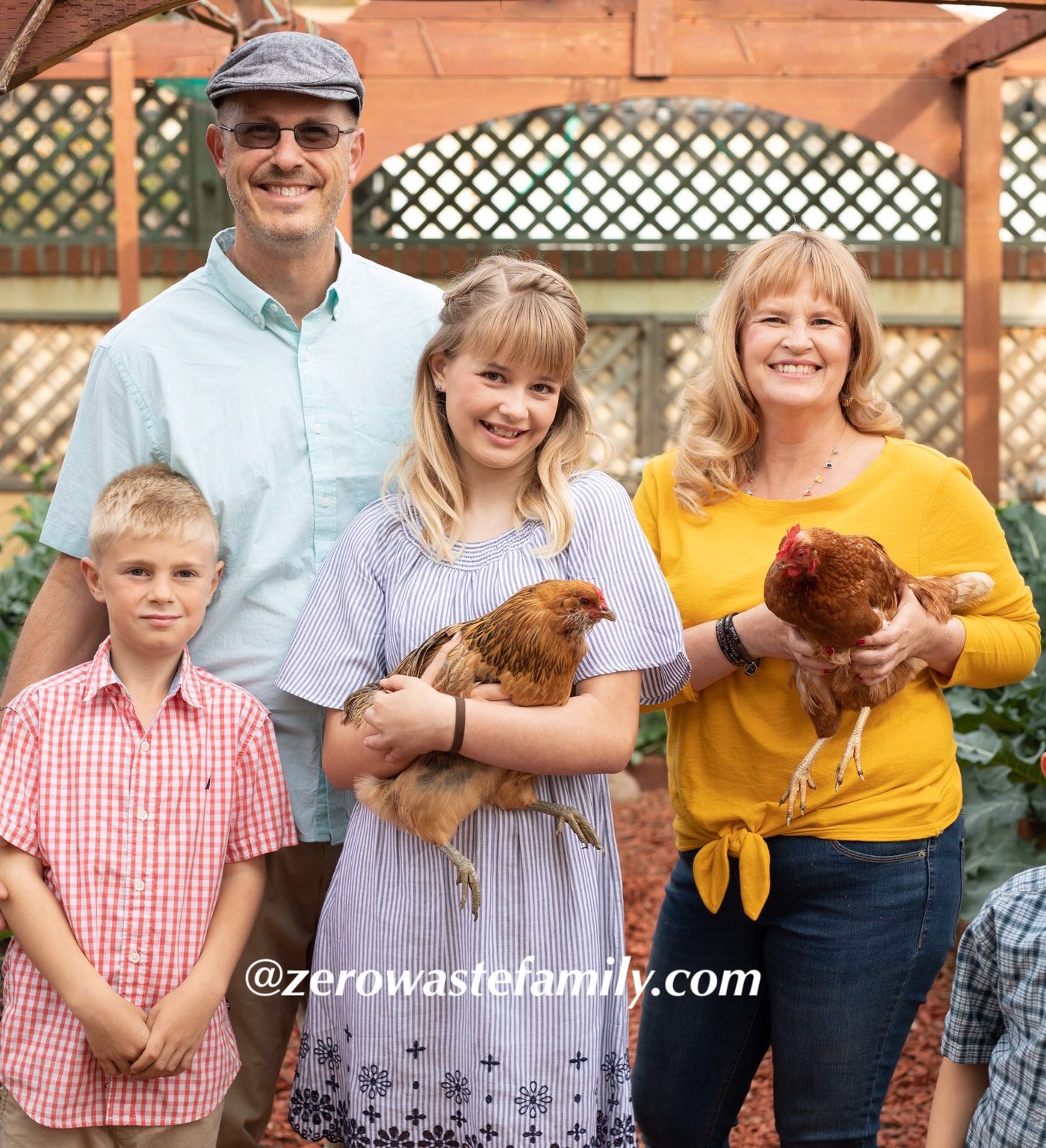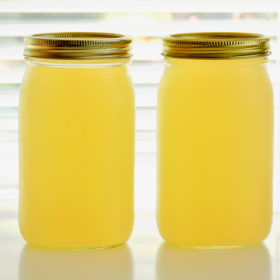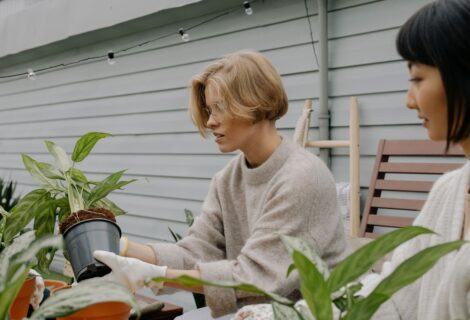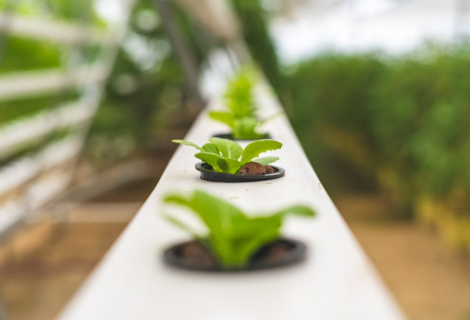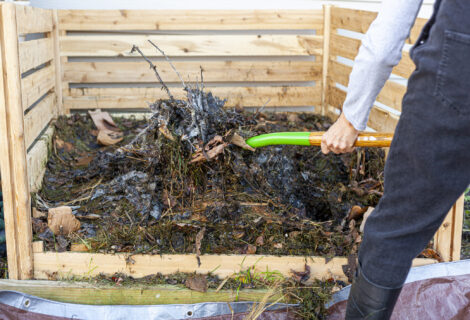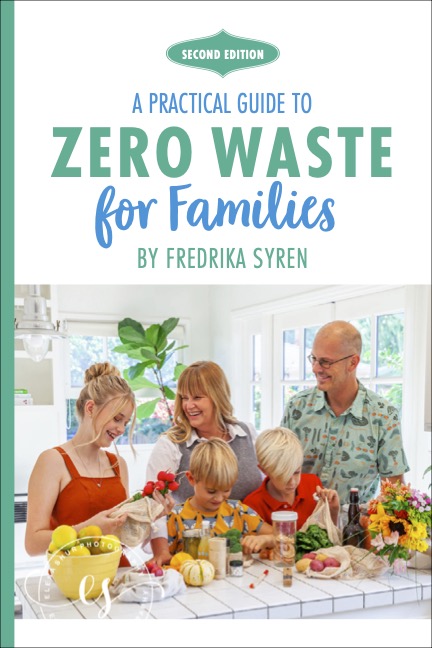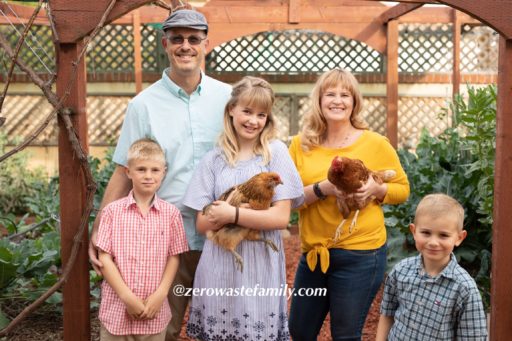
Our Journey to an Urban Homestead
My family (my husband and our three children) and I live on an “urban homestead.” This term refers to a household that grows, through gardening and livestock, most of the food it consumes. The difference between an urban homestead and a farm is that an urban homestead usually is in someone’s backyard in a city. It usually goes hand in hand with a desire to live a more eco-friendly and environmentally conscious life. The urban homesteading lifestyle is a growing movement and is becoming, shall we say, trendy, especially since more and more cities allow chickens, ducks and goats to be kept in backyards. Per Urbanhomstead.com, “Urban homesteading is about taking a step backwards and living a more simple, purposeful life but doing it in an inner-city environment – surrounded by the modern world.”
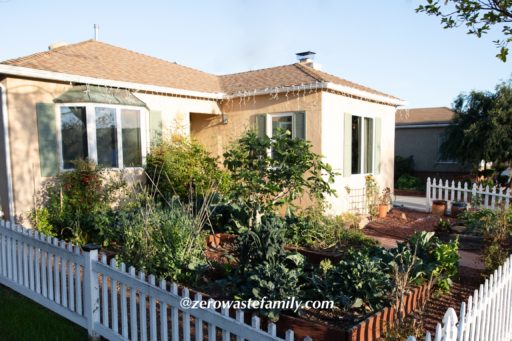
Our journey to our homestead began in 2016. I have always gardened in our backyard, and grown vegetables in a few raised beds as well as in a greenhouse. It was more of a hobby back then. But while on vacation in Prague, my husband (who was then on paternity leave from his busy job as product manager for EBay Stockholm) told me he realized he wanted to spend more time with our three children and was thinking of quitting his demanding job. During his time off to be a stay-at-home dad, he also started getting interested in growing food with our kids and began to enjoy a simpler but rich life. He was the one who suggested that maybe to save money and to teach our kids about growing food, we would grow almost all our own food. This ended up being something we planned, saved for and talked about for the next year and a half because, at the time, we lived in an apartment in Stockholm. We owned a house in San Diego that we had been renting out and knew that it would be a great place to start our homestead
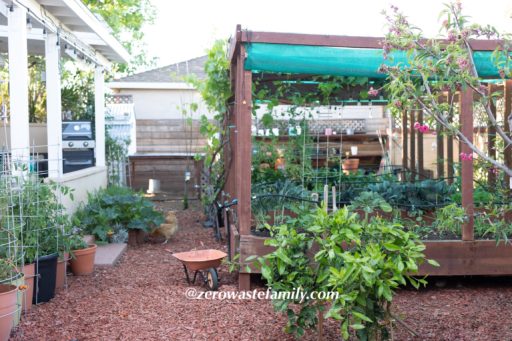
Fast forward to August 2016: we were back in our home and beginning our homestead. First, we removed all the grass and bushes from our backyard and began building raised beds. In September, we planted our first vegetable plants. On craigslist we also found a chicken coop with 4 chickens for sale for very little money. Then, in October, my husband convinced me to remove all the bushes and grass from our front yard, and add more raised beds as well as lots of citrus trees. Next, he told me the side of our house would make a great potato and onion run. Before I knew it, we had potatoes growing there. We also became self-reliant with regard to power when we added solar panels to our house.
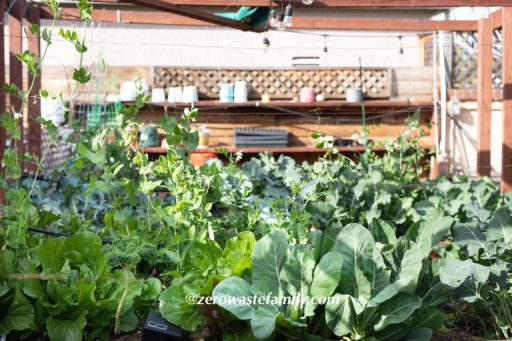
Basically, today , we grow food pretty much everywhere except for an area reserved for our children’s swing set, sandbox and trampoline. We grow about 35 different vegetables and herbs and 15 different fruits and berries throughout the year.
Sure, we have had some ups and downs, and times when I seriously considered it would be lot easier to just go to the farmers’ market to buy the darned food. We have been fighting all kinds of bugs, especially the cabbage caterpillar. (We finally found that copper tape does the trick.) It’s funny how you become so protective of food you grow. We dealt with too much sun and had to build a cover for the plants, and then last month we had rain, waaay too much rain, and almost lost all our potatoes until we found a huge plastic cover.
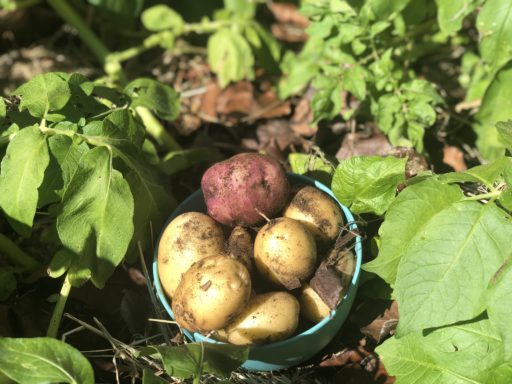
But I’m telling you, once the food started growing and we needed to go grocery shopping only once a month for flour, pasta, milk and rice — oh, man, that was a great feeling! Our kids all eat better and take so much pride in helping. Nowadays they see any seed as a possibility for growing something. My 3-year-old even tried to plant an entire lime that we’d gotten from a neighbor in hopes of growing a lime tree.
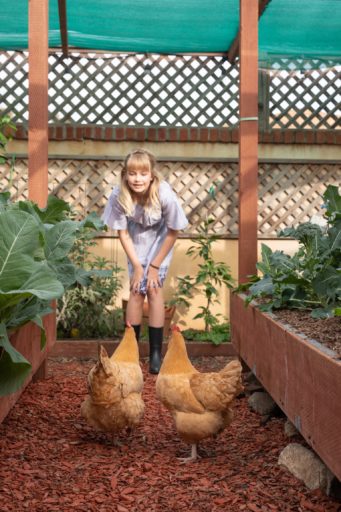
We also have chickens. Backyard chickens are fun but, of course, in a city we’re not allowed to have a rooster. Our chickens have a very important role on our homestead because they give us fertilizer for our garden. Someone once told me never to name a chicken you plan to eat, so our kids gave all our chickens names such as Miss Laura, Miss Christy, Amelia, Gunilla. Our chickens eat all our compost and some seeds, and in turn they give us lots of eggs and fertilizer in the form of poop. We often joke that they are the cutest composters ever.
I must admit that I was worried about how the neighbors would feel about our little homestead, so I was pleasantly surprised when our homestead brought our neighborhood together. We have many of them talking to us, applauding our efforts, and saying that we inspire them. We even have neighbors sharing things they grow in their own backyards.
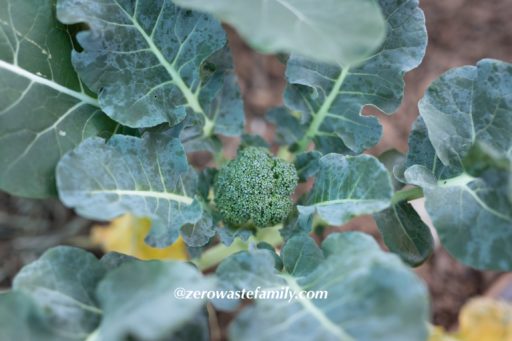
So, to sum it up, on 1/8 acre in growing zone 10, we raise the following:
- Tomatoes
- Bell peppers
- Jalapeno peppers
- Corn
- Pumpkins
- Spagetti squash
- Long beans
- Sugar snap peas
- Fava beans
- Green greens
- Carrots
- Kohlrabi
- Broccoli
- Parsnips
- Lettuce
- Bok Choy
- Kale
- Zucchini
- Onions
- Swiss chard
- Garlic
- Cilantro
- parsley
- Dill
- Lemon Balm
- Mint
- Strawberry guava
- Basil
- Oregano
- Sage
- Spinach
- Cauliflower
- Raspberries
- Blueberries
- Blackberries
- Grapes
- Peaches
- Apples
- Figs
- Oranges
- Lemons
- Avocado
- Satsumas
- Broccoli
- Cabbage
- Beets
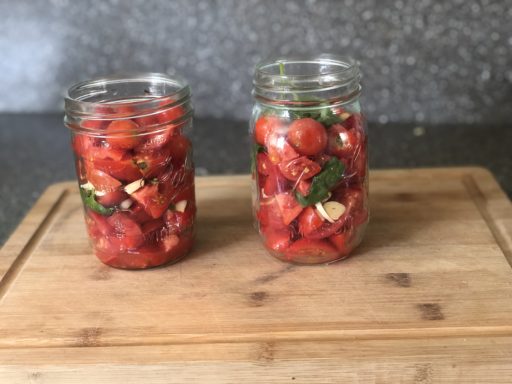
As you can see, we do grow a lot of food in an average garden and we have gotten really good at freezing, canning and drying all extra food to have for the whole year. The best part about living this way is that we get to spend more time with our kids. But we’re also teaching them one of the most important survival skill — how to grow food and feed yourself. I love that we know exactly what’s in our food, and that it is simply the best and healthiest way I can feed my kids.
https://preparedbee.com/pages/ultimate-guide-to-self-sufficiency-and-homesteading


